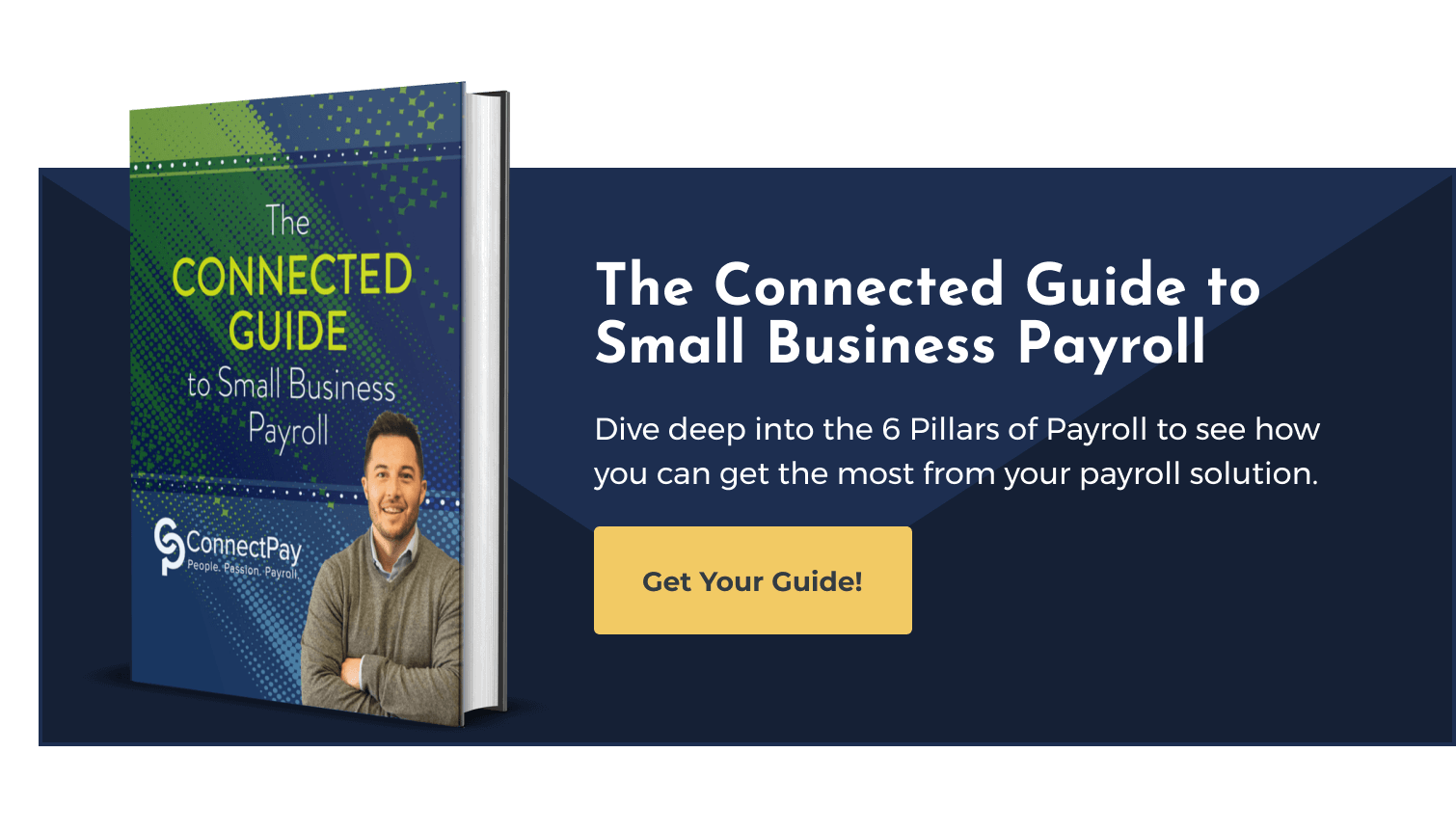Roth vs Pre-Tax 401(k): Which is Better for Your Employees?

Retirement planning is a critical aspect of every employee's financial journey.
And, as an employer and the one responsible for their payroll and benefits, you have the unique opportunity to support your workforce in securing their financial future.
While your employees may enjoy their work and value their contributions to your organization, at some point–everybody retires! Offering a robust retirement savings package helps your employees plan and save for their golden years–and helps you retain top talent by showing your commitment to employee health and well-being.
With various retirement plan options available, including Roth vs Pre-Tax 401(k)s, it can be challenging to determine which plans are best suited for your business and your employees.
In this article, we'll explore the key distinctions between Roth and pre-tax 401(k) plans and discuss how you can empower your employees to make the best choice for their financial situations and their futures.
Roth vs Pre-Tax 401(k)s: The Basics
Before diving into the differences between Roth vs pre-tax 401(k)s, let's review the fundamentals. First and foremost, what is a 401(k)?
A 401(k) is a retirement plan sponsored by an employer to which employees can contribute a portion of their paycheck. Every time an employee contributes to their 401(k), their taxable income is reduced by an equal amount. The money in the account then grows until the employee retires.
Related Read: Why Offer a 401(k) Plan?
There are two main types of 401(k) plans: Roth and pre-tax. The primary difference between the two lies in the pre-tax vs. post-tax benefits.
With a Roth 401(k), contributions are made with after-tax dollars, meaning the employee pays taxes on the money before it goes into the account. However, qualified withdrawals in retirement are tax-free.
Contributions to a pre-tax 401(k) are made with pre-tax dollars, reducing the employee's taxable income for the year. Withdrawals in retirement are then taxed as ordinary income.
Here's a side-by-side comparison of Roth and pre-tax 401(k) plans:
|
Feature |
Roth 401(k) |
Pre-Tax 401(k) |
|
Contributions |
After-tax |
Pre-tax |
|
Withdrawals |
Tax-free (if qualified) |
Taxed as ordinary income |
|
Employer Matching |
Pre-tax (taxed upon withdrawal) |
Pre-tax (taxed upon withdrawal) |
|
Required Minimum Distributions (RMDs) |
Not required as of Jan. 2024 |
Required starting at age 73 |
Why Offer Retirement Plans to Your Employees?
As a business owner, you're not required to offer retirement plans, but doing so can be a smart move for several reasons:
- Attract and Retain Top Talent: Solid retirement plans are an attractive benefit that can help you stand out as an employer of choice.
- Show You Care: Offering retirement plans demonstrates that you care about your employees' futures and want to help them save money and enjoy tax advantages.
- Boost Employee Satisfaction: When employees feel financially secure and valued, they tend to be more productive and loyal to their employer.
- Provide Employer Matching: Matching employee contributions up to a certain percentage is like giving them free money, which can be a powerful incentive for both job seekers and current employees.
Matching employee contributions up to a certain percentage is like giving them free money! This extra incentive will make it hard for job seekers to resist. For current employees, knowing their employer is committed to helping them save for retirement encourages them to stay.
Empowering Your Employees to Make the Best Choice
As an employer, you can empower your employees to make informed decisions about their employee benefits and retirement savings by giving them a choice between a Roth and a pre-tax 401(k).
Encourage them to consider their current and expected future tax brackets. If they anticipate being in a higher tax bracket when they retire, a Roth vs pre-tax 401(k) may be more advantageous, as they'll pay taxes now at a lower rate and enjoy tax-free withdrawals later. Employees should also consider their time horizon until retirement.
Those with a longer time horizon may benefit more from a Roth 401(k), as their investments have more time to grow tax-free. Those closer to retirement may prefer a pre-tax 401(k) to reduce their current taxable income. Another factor to consider is flexibility and early withdrawal.
Simply put, while both plans may have early withdrawal penalties, Roth 401(k)s offer slightly more flexibility. They allow employees to withdraw their contributions (not earnings) without penalties, although they may still face taxes on earnings if they don't meet certain qualifications.
Remember to offer your employees access to resources, educational materials, and financial advisors to help them make the best choices for their unique situations. Empowering your employees with knowledge and support shows your commitment to their long-term financial well-being and builds a culture of trust and loyalty.
Pro tip: Consider hosting regular retirement planning workshops or webinars to provide your employees with valuable insights and guidance. Or, offer one-on-one consultations with local experts to give your employees personalized guidance tailored to their specific needs and goals.
Practical Tips for Managing Employee Retirement Plans
Effectively communicating retirement plan options to your employees is crucial in helping them make informed decisions. Here are some practical, actionable tips to ensure your team understands the benefits and differences between Roth and pre-tax 401(k) plans:
Hold Quarterly Meetings
- Regular Review Sessions: Schedule quarterly meetings to review retirement benefits. These sessions provide an opportunity for employees to ask questions and stay updated on their options.
- Clear, Concise Handouts: Distribute handouts that clearly outline the differences between Roth and pre-tax 401(k) plans. Visual aids and comparison charts can make complex information easier to understand, helping employees who may not be familiar with their retirement savings options.
Offer Ongoing Education
If you want to go “above and beyond” for your employees, you might consider offering ongoing education and resources to help them save for retirement through their work with your organization.
- Workshops and Webinars: Host regular workshops and webinars on retirement planning. These educational sessions can cover topics like maximizing retirement savings, understanding tax implications, and planning for different stages of life.
- One-on-One Consultations: Provide access to financial advisors for personalized, one-on-one consultations. Tailored advice can help employees make decisions that best suit their individual financial situations.
- Online Resources: Create an online portal with resources such as FAQs, instructional videos, and retirement calculators. These tools can empower employees to explore their options at their own pace.
Using these expert tips, you can help educate employees on Roth vs Pre-Tax 401(k)s and more, giving them the tools and information they need to kick their retirement savings off the right way.
Thinking Beyond Roth vs Pre-Tax 401(k)s
As a business owner, it's important to offer your employees choices for their retirement plans. Providing a variety of retirement plans can help you attract and keep top talent. When job seekers and current employees see that you care about their financial future and give them options, they are more likely to think well of your company and feel more loyal. This can result in higher job satisfaction, productivity, and employee retention.
But don’t forget that retirement benefits are just one part of your overall compensation. While having different retirement plan options like Roth vs. pre-tax 401(k)s is good, it might not give you a competitive advantage if other parts of your compensation aren't good. To attract and keep the best employees, you need to offer a complete package that includes good salaries, health benefits, work-life balance, and chances for growth.
Ultimately, the key is to strike a balance and offer a diverse range of retirement plans to make sure your overall compensation package is strong and appealing to both current and prospective employees.
It’s a lot to think about, right?
ConnectPay can help! We understand that pre-tax and post-tax deductions are tricky, and you might also be wondering how this affects payroll taxes and other laws. We can provide you with the connections you need to local tax experts who will guide you through the process so you can easily manage tax compliance.
We can also help you manage plans:
- Deducting employee contributions
- Keeping track of contribution limits
- Reporting and tax filings
- Helping with enrollment, distributions, etc.
- Online portals to manage accounts
For more information about how we can help you manage incomes and deductions during payroll processing, tax forms, filing, and compliance, check out our free resource, The Connected Guide to Small Business Payroll.







